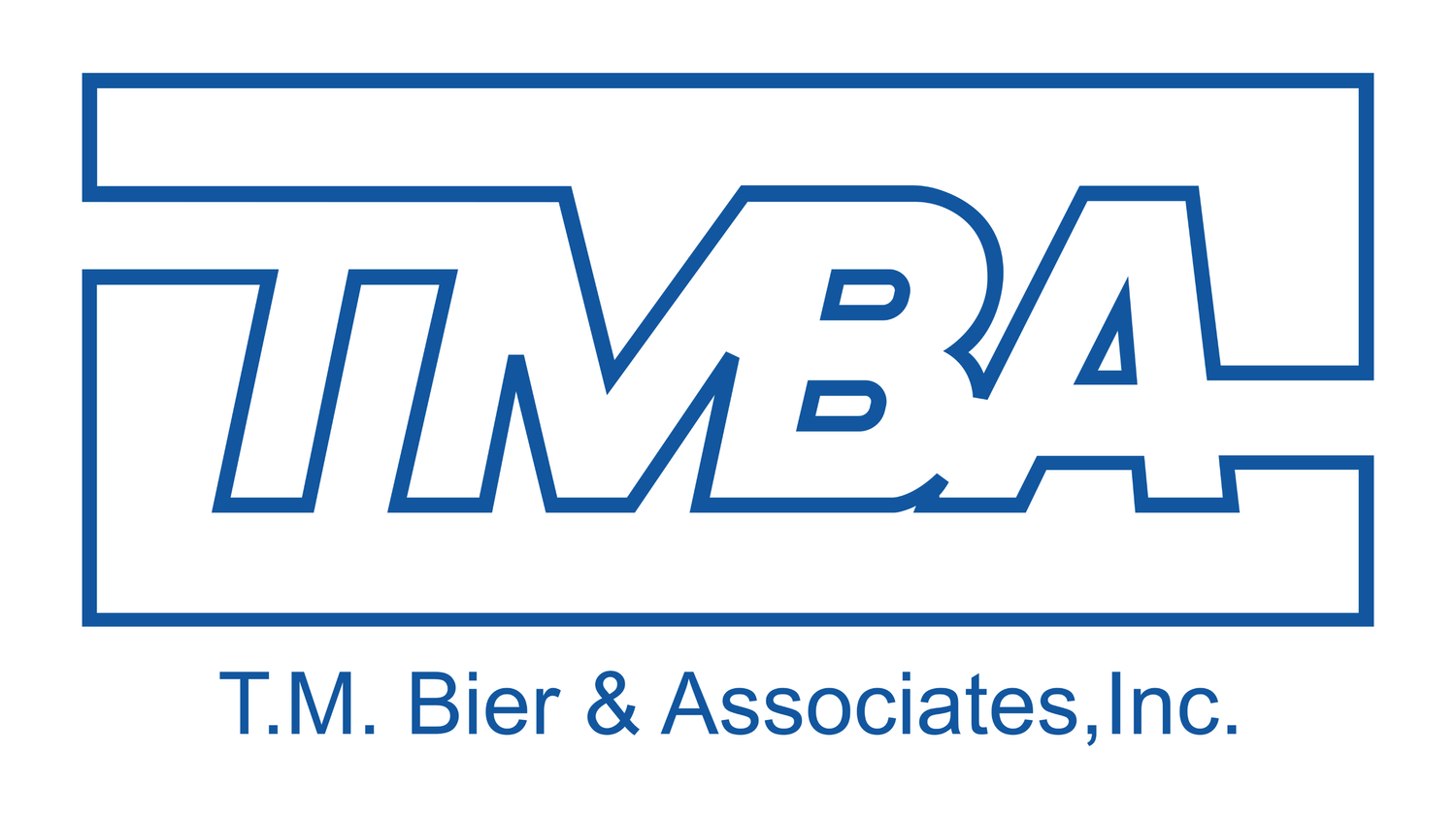Understanding Building Management System (BMS) Control Panels
In the realm of modern building management, control panels serve as the heart of a Building Management System (BMS). These panels are crucial for ensuring efficient and optimal operation of a building's various systems, including HVAC (heating, ventilation, and air conditioning), lighting, security, and more. This blog post delves into the essential aspects of BMS control panels, best practices for their use, who utilizes them, and how they are fabricated and installed.
What Are BMS Control Panels?
BMS control panels are centralized hubs that allow for the monitoring and management of a building’s mechanical and electrical equipment. These panels integrate various components and subsystems, enabling a cohesive and streamlined operation of the entire building's infrastructure. Key elements typically found in a BMS control panel include:
Controllers: Devices that receive inputs from sensors and execute control commands to actuators.
Sensors: Instruments that measure variables such as temperature, humidity, occupancy, and lighting levels.
Actuators: Components that act upon the commands received from controllers to adjust HVAC systems, lighting, and other equipment.
Human-Machine Interfaces (HMIs): Interfaces such as touch screens and displays that allow building operators to interact with the system.
Communication Modules: Devices that facilitate data exchange between various components of the BMS and external systems.
Best Practices for BMS Control Panels
System Integration: Ensure seamless integration of all subsystems. This requires compatibility between different components and the use of standard communication protocols like BACnet, Modbus, or LonWorks.
Scalability: Design control panels with future expansion in mind. This includes reserving space for additional components and using modular designs that can easily accommodate upgrades.
Redundancy and Reliability: Incorporate redundancy to enhance reliability. This can involve using backup power supplies, redundant controllers, and ensuring critical sensors have backups.
User-Friendly Interfaces: Equip panels with intuitive HMIs to make system operation and monitoring straightforward for users. Clear visualizations and easy access to controls are crucial.
Remote Access and Monitoring: Implement remote access capabilities to allow for monitoring and control of the BMS from off-site locations. This enhances the ability to respond quickly to issues and make adjustments as needed.
Regular Maintenance and Testing: Schedule regular maintenance checks and testing to ensure all components are functioning correctly. This helps in identifying potential issues before they lead to system failures.
Who Uses BMS Control Panels?
BMS control panels are utilized by a wide range of professionals across different sectors:
Building Managers: Responsible for the overall management and maintenance of the building.
Facility Engineers: Oversee the technical and operational aspects of the building systems.
Energy Managers: Focus on optimizing energy use and improving efficiency.
Security Personnel: Monitor and control security systems integrated within the BMS.
Maintenance Technicians: Perform regular upkeep and repairs on the building systems.
Fabrication and Installation of BMS Control Panels
The fabrication and installation of BMS control panels involve several critical steps:
Design: This initial phase involves understanding the specific needs of the building and designing a control panel that meets these requirements. Detailed schematics and wiring diagrams are created during this stage.
Component Selection: Choose high-quality components that meet the design specifications. This includes controllers, sensors, actuators, HMIs, and communication modules.
Assembly: Assemble the control panel in a controlled environment. This involves mounting components on a backplate, wiring them according to the design schematics, and ensuring all connections are secure.
Programming: Configure the controllers and HMIs with the necessary software. This step involves writing and uploading control logic, setting up communication protocols, and configuring user interfaces.
Testing: Conduct thorough testing of the assembled panel to ensure all components function correctly and communicate as intended. This includes functional testing, load testing, and validation of control logic.
Installation: Transport the panel to the site and install it. This involves mounting the panel in the designated location, connecting it to the building's systems, and performing final commissioning.
T.M. Bier & Associates: Your Expert Partner in BMS Control Panels
At T.M. Bier & Associates, we pride ourselves on our extensive expertise in fabricating and installing BMS control panels. Our in-house team of engineers and technicians ensures that each control panel is designed and built to the highest standards, tailored to the specific needs of your building. We utilize state-of-the-art components and adhere to best practices to deliver reliable, scalable, and user-friendly control panels.
Whether you are looking to upgrade your existing BMS or install a new system, our team is here to provide you with the best solutions. Contact us today to learn more about our services and how we can help optimize your building’s performance.

